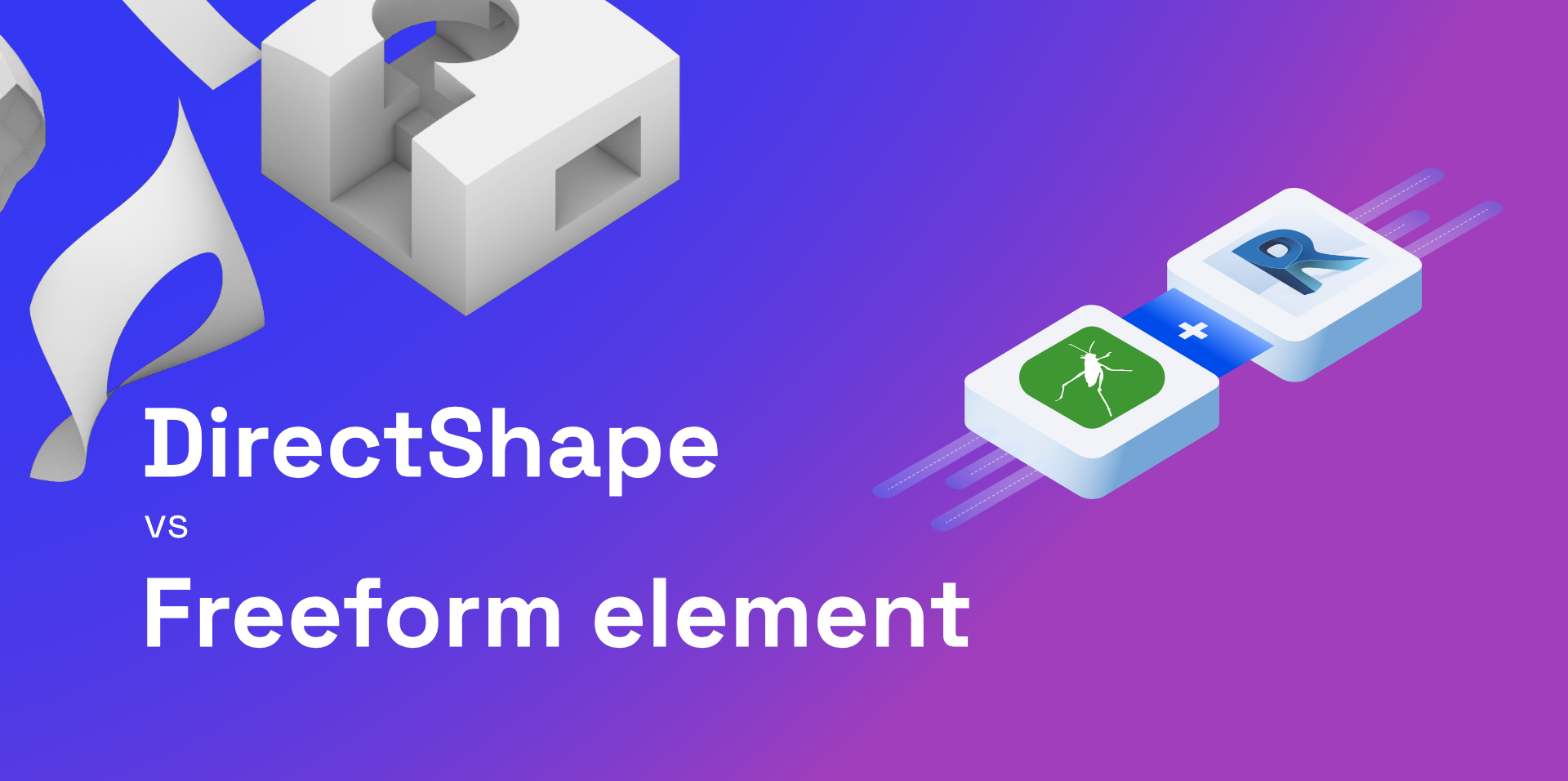
In Grasshopper, you can just connect to the Send component any geometries you want to share, like so 👇Īnd this would be the result in the Speckle server after sending: This would be categorised as a Generic Model and will not have any parameters set (other than the default ones). We'll be receiving the same geometry in 3 different ways: Default behaviourīy default, any geometric object that is received in Revit will be wrapped in a Revit DirectShape. You can learn more about them on our documentation page. This tutorial uses part of the Speckle BIM components in Grasshopper, designed specifically to communicate BIM data from GH to Revit (and others in the future), so that it would be received in a native format. Surfaces and BREPs that we'll be sending as: geometry, DirectShape and FreeformElement To keep things simple, we'll be sending a bunch of funky shapes (as BREPs) generated in Grasshopper. Hopefully, by the end, you'll be able to choose the best one for each situation, and understand how Speckle deals with both in the background.


In this tutorial we'll be learning the differences between sending geometry to Revit, as a DirectShape or a FreeformElement, using Speckle. It takes less than 3 minutes!įor a comprehensive overview of the Grasshopper and Revit connectors, check our docs 📚!

RHINO VS FORMZ INSTALL
To follow along with this tutorial, you will need to register with Speckle and install the required connectors 🔌. What you may not know is that you can control that process to your advantage, allowing you to also attach extra information as native Revit parameters. If you got to this page, you're probably already aware that you can send BREP geometry to Speckle, and receive it in Revit in a native format.


 0 kommentar(er)
0 kommentar(er)
